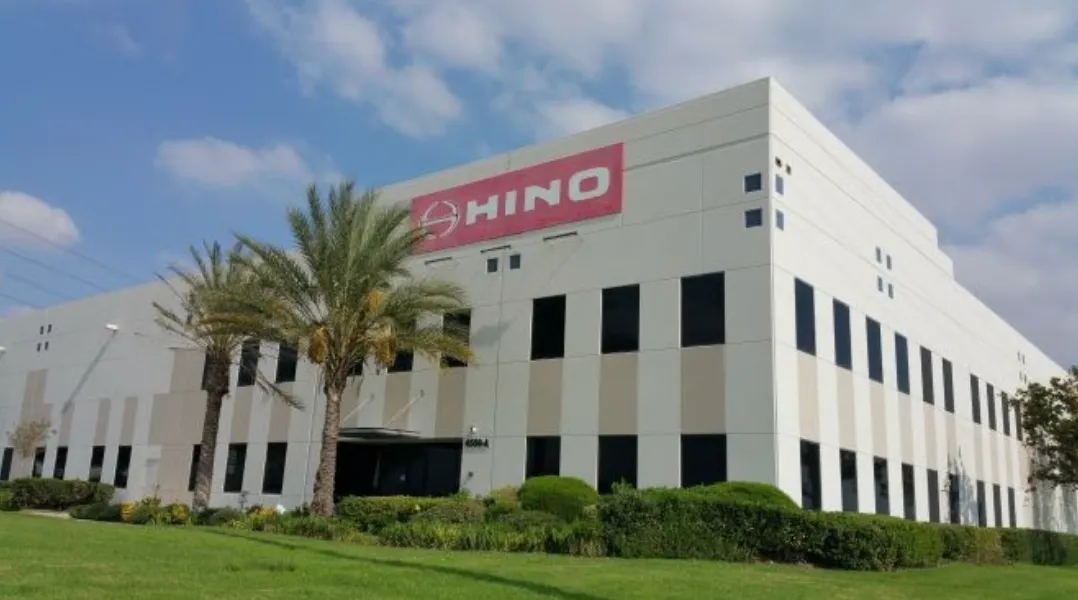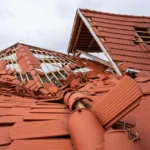Toyota Subsidiary Pleads Guilty and Will Pay $1.6 Billion for Clean Air Act Violations

Hino Motors has reached a settlement with the U.S. Federal Government in which they will pay $1.6 billion to resolve alleged Clean Air Act violations. Photo credit: Google Street View.
The Hino subsidiary consists of Hino, Ltd; Hino Motors Manufacturing U.S.A., Inc.; and Motor Sales U.S.A., Inc. Hino’s headquarters are located in Tokyo, Japan. Federal agencies that had been investigating Hino included the FBI, the Department of Transportation’s Office of the Inspector General (DOT-OIG), the State of California, the Environment Protection Agency (EPA), Customs and Border Protection (CBP) and the National Highway Traffic Safety Administration (NHTSA).
This settlement resolves criminal and civil litigation against the collective Hino company for violations pertaining to false engine emissions testing and fuel consumption data submissions to regulators, according to the DOJ press release. They also allegedly smuggled unauthorized engines into the United States.
Engines Approved Under False Pretenses
Between 2010 and 2022, Hino imported and sold over 110,000 diesel engines that were approved with a Certificate of Conformity gained under false pretenses, according to the DOJ press release. This violated the Clean Air Act, as the engines did not follow proper emissions standards.

To get a Certificate of Conformity, manufacturers like Hino must apply to the EPA for each model year of engine they want to sell in the United States, according to the indictment. Hino also must test the emissions and fuel control systems, show documentation that they have measured the nitrogen oxide (NOx) emissions, and provide details about the auxiliary emissions control device that is supposed to be installed in every diesel engine.
Hino was responsible for designing, testing, and manufacturing engines for Japan and the automotive markets worldwide, according to the indictment. It was also responsible for emissions testing and adhering to the regulations and standards of each of its intended markets.
Incomplete Applications and Documents
In October 2010, a few of the outside consultants on North American engine certification and on-board diagnostic (OBD) who worked with Hino expressed concerns that Hino was submitting incomplete documents, failing to review the final application documents and changing submitted content without explaining the reason, according to the indictment. Other concerns included Hino’s lack of understanding of OBD regulations and OBD test data forgeries.
In October 2015, one of the consultants again expressed concerns about Hino’s OBD development process, calling the information in Hino’s model year 2016 “inaccurate and incomplete” and noting that the process needed to change, according to the indictment.

In 2016, Hino hired a senior vice president, who sounded the alarm for executive members between 2017 and 2019, warning about Hino’s failure to report emissions defects and development issues for the OBD systems, according to the indictment.
Hino VP Sounded the Alarm, But the Company Declined to Inform U.S. Regulators
Messages circulated throughout the company in 2018, even coming from as high up as Hino Motor Manufacturers’ president, according to the indictment. Hino ultimately decided not to inform the American regulators due to the risk, as the conspirators knew about the problems in 2010.
The engine’s lack of compliance with the EPA’s Clean Air Act was concealed from U.S. emissions regulators until 2022, when the company secured certification to sell the faulty engines in the United States, according to the indictment. Hino has agreed to pay $1.6 billion in the settlement, according to the indictment.
Discover More Muck
‘Crypto Godfather’ Pleads Guilty to Tax Crimes, Violating Civil Rights Via Off-Duty Cops
Report Matthew Koelher | Feb 24, 2025

Multiple People Plead Guilty in Scam to Rig Bids of Commercial Roofing Projects
Report Nik Mebane | Feb 14, 2025

Government Contractor to Pay $1 Million for Defrauding Contract Process
Report Jessika Saunders | Feb 6, 2025

Weekly Muck
Join the mission and subscribe to our newsletter. In exchange, we promise to fight for justice.
Weekly
Muck
Join the mission and subscribe to our newsletter. In exchange, we promise to fight for justice.





